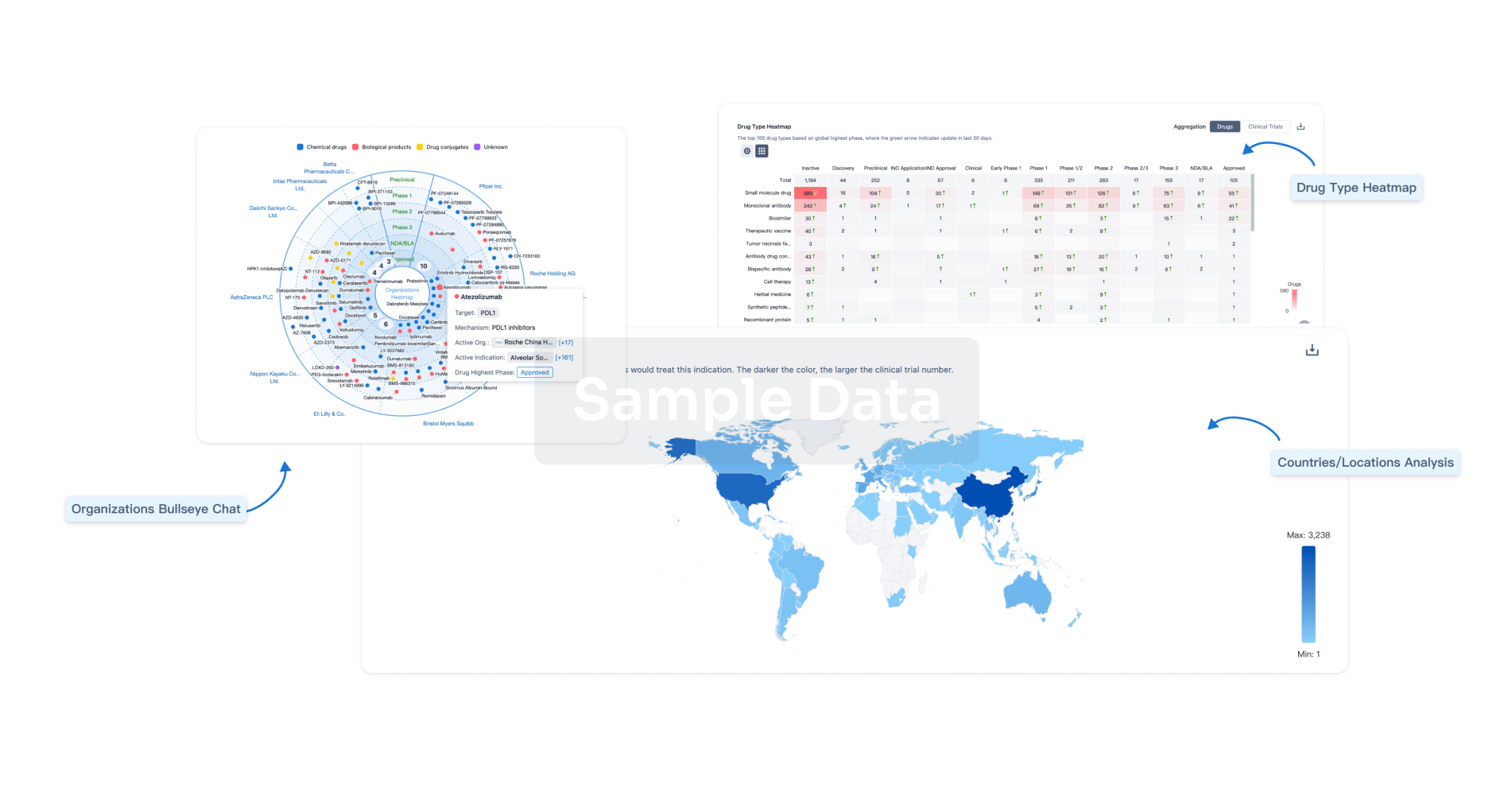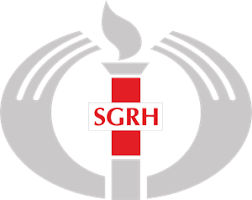Request Demo
Last update 08 May 2025
Oral Submucous Fibrosis
Last update 08 May 2025
Basic Info
Synonyms Fibroses, Oral Submucous, Fibrosis, Oral Submucous, OSMF + [11] |
Introduction Irreversible FIBROSIS of the submucosal tissue of the MOUTH. |
Related
124
Clinical Trials associated with Oral Submucous FibrosisNCT02639897
Evaluation of Functional Dimensions of Macintosh Blade During Laryngoscopy in Patients With Normal Mouth Opening: Development of a Feasibility Model for Facilitation of Laryngoscopy in Cases of Mouth Opening Restriction Due to Submucous Fibrosis
Direct laryngoscopy and intubation is an essential initial aspect of airway access during general anesthesia. To perform the procedure effectively, it requires adequate mouth opening, head and neck movement, and a normal temporo-mandibular joint mobility. Any issue with the above three results in a compromised upper airway at the outset and the condition is known as anticipated difficult airway, i.e. an airway that is difficult to access with conventional laryngoscopy and intubation methods. To overcome the difficulty, either one has to resort to newer advanced technique and equipment or the available conventional technique needs to be refined and modified to suit the requirement. While the former requires extraordinary expertise and finances, an option difficult to achieve in developing countries; the latter warrants focused interest to develop alternative approach with the same set of equipments.
Since submucous fibrosis and the associated restricted mouth opening have taken the proposition of an epidemic owing to widespread use of betel nut and tobacco; these patients, when requiring surgery, are difficult candidates for GA and airway control. The fact that, when they arrive as pre-surgical candidates, they have variable degree of mouth opening restriction, which if approached with a strategy, may be amenable to conventional control of airway. If investigators paint all the patients with mouth restriction as difficult airway, it will result in uncalled surgical, economic, health system and psychological burden. Therefore, it is prudent to undertake research relating to refinement of airway access techniques with the easily available, cheap and user- friendly equipment (conventional laryngoscope), such that a proportion of above stated burden can be reduced.
In view of the above, investigators plan to undertake a study to enhance our working knowledge with a conventional laryngoscope (Macintosh) to facilitate ways to control the airway difficulty secondary to mouth opening restriction. Investigators believe that the prospective knowledge thus generated would help us identify whether there is a feasibility of conventional airway management or an alternative advanced access technique is needed in the first place. This will prevent undue cancellations, delayed surgeries, and patient morbidity.
Since submucous fibrosis and the associated restricted mouth opening have taken the proposition of an epidemic owing to widespread use of betel nut and tobacco; these patients, when requiring surgery, are difficult candidates for GA and airway control. The fact that, when they arrive as pre-surgical candidates, they have variable degree of mouth opening restriction, which if approached with a strategy, may be amenable to conventional control of airway. If investigators paint all the patients with mouth restriction as difficult airway, it will result in uncalled surgical, economic, health system and psychological burden. Therefore, it is prudent to undertake research relating to refinement of airway access techniques with the easily available, cheap and user- friendly equipment (conventional laryngoscope), such that a proportion of above stated burden can be reduced.
In view of the above, investigators plan to undertake a study to enhance our working knowledge with a conventional laryngoscope (Macintosh) to facilitate ways to control the airway difficulty secondary to mouth opening restriction. Investigators believe that the prospective knowledge thus generated would help us identify whether there is a feasibility of conventional airway management or an alternative advanced access technique is needed in the first place. This will prevent undue cancellations, delayed surgeries, and patient morbidity.
Start Date01 Oct 2026 |
Sponsor / Collaborator |
CTRI/2025/04/084682
Phytoconstituent Docking, In-vitro Fibroblast Modulation, and Clinical Evaluation of Ayurvedic Formulations in OSMF. - nil
Start Date01 Oct 2025 |
Sponsor / Collaborator- |
CTRI/2025/03/082875
Effectiveness of Biosynthesized Silver Nano-Activated Turmeric Mouth Rinse on the Prognosis of Patients with Oral Submucous Fibrosis Undergoing Medical Therapy: A Superiority clinical trial. - nil
Start Date12 Aug 2025 |
Sponsor / Collaborator- |
100 Clinical Results associated with Oral Submucous Fibrosis
Login to view more data
100 Translational Medicine associated with Oral Submucous Fibrosis
Login to view more data
0 Patents (Medical) associated with Oral Submucous Fibrosis
Login to view more data
2,029
Literatures (Medical) associated with Oral Submucous Fibrosis01 Sep 2025·Journal of Stomatology, Oral and Maxillofacial Surgery
Molecular profiling of oral epithelial dysplasia and oral squamous cell carcinoma using next generation sequencing
Article
Author: Krishnan, Reshma Poothakulath ; Jayaraman, Selvaraj ; Pandiar, Deepak ; Ramani, Pratibha
01 Aug 2025·Colloids and Surfaces B: Biointerfaces
Chitosan nanoparticles as a targeted delivery system for anti-fibrotic microRNAs for oral submucosal fibrosis treatment
Article
Author: Chen, Hsing-Yu ; Kato, Koichi ; Cheng, Yung-Hsin ; Yang, Kai-Chiang
01 Jun 2025·Journal of Oral Biosciences
Microbial signatures in oral submucous fibrosis and oral squamous cell carcinoma: Implications of tobacco and betel quid consumption
Article
Author: Sharma, Avinash ; Jiya, Namrata ; Srivastava, Shruti ; Kheur, Supriya ; Sanap, Avinash
1
News (Medical) associated with Oral Submucous Fibrosis10 Feb 2020
Firstview Insight's Oropharyngeal Cancer Pipeline Review2019 provides an overview of the pipeline landscape of Oropharyngeal Cancer It provides comprehensive insights of all the clinical and nonclinical therapeutics in development with detailed description about the collaborations; deals; designations; patent information etc.These reports encourage the clients in distinguishing the upcoming and existing competitors in their separate therapeutic spaces. The report provides detailed description of the competitor profiles with key milestones and evidence along with analysis by mechanism of action; route of administration; molecule type; stage of development. Information obtained from multiple sources will be used to triangulate and update the profiles. The report also provides key events in the last year related to the indication. This report provides detailed analysis of all the products along with the companies involved.
Oropharyngeal cancer OPC is a disease in which abnormal cells with the potential to both grow locally and spread to other parts of the body are found in the tissue of the part of the throat oropharynx that includes the base of the tongue, the tonsils, the soft palate, and the walls of the pharynx.[1] The two types of oropharyngeal cancers are HPVpositive oropharyngeal cancer, which is caused by an oral human papillomavirus infection; and HPVnegative oropharyngeal cancer, which is linked to use of alcohol, tobacco, or both.The signs and symptoms of oropharyngeal cancer may include:[1][3][4]
A sore throat that persists for over 2 weeks
Throat pain or difficulty swallowing
Unexplained rapid weight loss
Voice changes more hoarse
Ear pain
A lump in the back of the throat or mouth
A lump in the neck
A dull pain behind the sternum
Persistent Cough
Breathing problems
Hoarseness or other changes in the voice
Risk factors
The risk factors that can increase the risk of developing oropharyngeal cancer are:[3]
Major
Performing oralgenital sex on a person with a human papillomavirus HPV genital infection.[5]
Smoking and chewing tobacco
Heavy alcohol use
Minor
A diet low in fruits and vegetables
Chewing betel quid, a stimulant commonly used in parts of Asia
PlummerVinson syndrome
Poor nutrition
Asbestos exposure
Certain genetic changes including: P53 mutation and CDKN2A p16 mutations.[6]
Precancerous lesions
Highrisk
Erythroplakia
Speckled erythroplakia
Chronic hyperplastic candidiasis
Mediumrisk
Oral submucosal fibrosis
Syphilitic glossitis
Sideropenic dysphagia PatersonKellyBrown syndrome
Lowrisk
Oral lichen planus
Discoid lupus erythematosus
Discoid keratosis congenita
Drug Profile Overview:
The pipeline section provides descriptive drug profiles for the pipeline products including product description, mechanism of action, route of administration, molecule type, technology involved, chemical information.
Clinical Trial Overview:
This section of the report focuses on the clinical activity of the molecule. It includes both clinical and preclinical activity which provides detailed information about the safety, efficacy, tolerability, toxicity of pipeline drugs. A graphical representation of the clinical trial landscape of pipeline therapy which includes information about phase of development, trial design, treatment arms, dosage and frequency, formulation of the drug, primary and secondary completion date, enrolment number, exclusion and inclusion criteria, line of therapy. This section also includes the clinical trial results and analysis based on those results.
Product Development Activity:
This section of the report focuses on detail information about designations, exclusivity details, technology, licensing and collaboration, funding and financing, key milestones and various other development activities.
Company Overview:
Company profile includes the detail about type of company, headquarter, global presence, research focus and key financial
Scope
The report provides a competitive landscape
The report also provides clinical trial landscape of the pipeline drugs including status; trial phase; sponsor type and endpoint status
The report provides the list of companies which are the most active in the pipeline
The report covers pipeline products based on various stages of development ranging from preregistration till discovery
The report provides descriptive drug profiles which includes product description; comprising detailed mechanism of action MoA; route of administration RoA; Stage of development; clinical trial status; licensing and collaboration details other developmental activities
The report features comparative analysis of product profiles based on molecule type; mechanism of action MoA; route of administration RoA
The report summarizes all the dormant and discontinued pipeline projects
The report also provides latest news for the past one year
Reasons To Buy
To identifying prominent players in the treatment landscape
To determine the drivers; barriers and unmet need in the treatment space
Gain strategically significant competitor information; analysis; and insights to formulate effective RD strategies
Define inlicensing and outlicensing strategies by identifying prospective partners with the most attractive projects to enhance and expand business potential and scope
To understand the composition of the pipeline in terms of molecule type; molecular target; mechanism of action and route of administration
List of products
cisplatin,
carboplatin
taxotere,
5fluorouracil.
Collaborate
Analysis
Perform a panoramic analysis of this field.
login
or

AI Agents Built for Biopharma Breakthroughs
Accelerate discovery. Empower decisions. Transform outcomes.
Get started for free today!
Accelerate Strategic R&D decision making with Synapse, PatSnap’s AI-powered Connected Innovation Intelligence Platform Built for Life Sciences Professionals.
Start your data trial now!
Synapse data is also accessible to external entities via APIs or data packages. Empower better decisions with the latest in pharmaceutical intelligence.
Bio
Bio Sequences Search & Analysis
Sign up for free
Chemical
Chemical Structures Search & Analysis
Sign up for free
